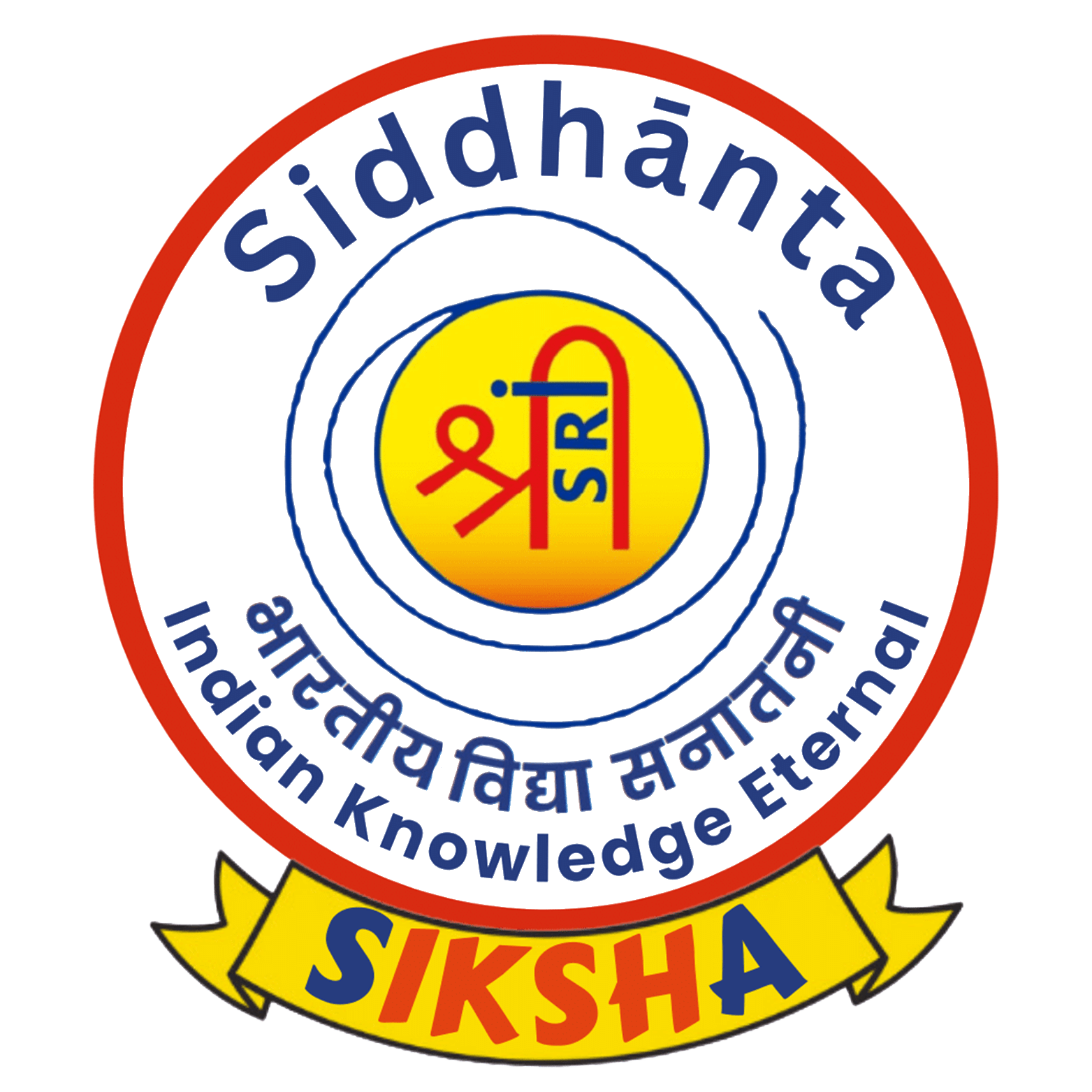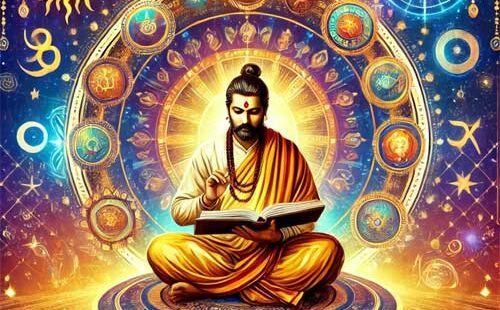Structures & Methods of Bharatiya Shastras
- 20 Hours
-
2 Credits
*(T&C Apply) Credits applicable only for Undergraduate and Postgraduate students enrolling for SIKSHA courses through academic institutions based in India.
- UG
- Upcoming Courses
- Faculty
₹5,000.00(GST additional)
About The Course
This curriculum provides a comprehensive overview of the structures and methods of Bharatiya knowledge systenms, focusing on the topography and classification of Indic knowledge disciplines. Designed as a foundation course for both for undergraduate and postgraduate students, this course aims to address both their current academic requirements and future professional needs. Each module within the curriculum is meticulously developed to ensure a deep understanding of the overall structuring of the Bharatiya technical treatises. Extensive research has been undertaken to craft a curriculum that is both essential and relevant for students, facilitating a thorough grasp of the subject matter.
Syllabus
- Unit I: Introduction to Bharatiya Technical Treatises and understanding them (Modules 1-10)
- ● Understanding the purpose, relevence and importance of the course.
- ● Discussing the method and Parameters of testing Shastras.
- ● Reasons my we should avoid translations.
- ● Difference between the three tiers of knowledge – Vidya, Darshanam and Shastram
- ● Understanding the Paribhasha (Technical language used in treatises)
- ● Importance of Structure and content of treatises.
- ● Functions of a Shastras
- ● Laws explaining the natural phenomena of the Universe.
- ● Objects of study in a shastra
- ● Laws pertaining to all aspects of life.
- ● General and exceptional rules.
- ● Nature of Shastras as Descriptive Vs Prescriptive
- ● Identification and classification of elements
- Unit II: definition making, Anubandhachatushtayam, Mangala vada and Shastra Nirupana Paddhati (11-22)
- ● Dharma-Dharmi bhava
- ● Sakanksha dharma and Nirakaksha dharma
- ● ‘Tva’ – ‘ness’ and ‘hood’ property of an object
- ● Lakshana-Upalakshana
- ● Definition of Shastra
- ● Understanding Asadharana Dharma
- ● Importance of Shastra-Nirupana-paddhati.Various structural elements of a Shastra
- ● The Four components of Anubandhachatushtaya.
- ● Contemprary relevence of Anubandhachatushtaya.
- ● What is Mangalavada
- ● Whya Mangala-charana is performed
- ● Various Types of Mangala-shlokas
- ● Contemprary relevence of Mangalacharna
- ● Stepts invovled in Shastra-Nirupana-paddhati - Uddesha and Lakshana
- ● Pareeksha - Pramanas -Pratyaksha
- ● Anumana - Upamana
- ● Takrah and Nirnaya
- Unit III: Various BHaratiya Traditions (Modules 23-32)
- ● Types Of Granthas
- ● Functions of a Vyakhyana
- ● Types of Vyakhyanas
- ● Definitions and Examples of Vyakhyanas
- ● Vada Parampara
- ● Types of Kathas
- ● Adhyayana Parampara
- ● Vak Parampara
- ● Adhyayana Parampara
- ● Vak Parampara
- ● Shruti Smriti Parampara
- Unit IV: Adhikarana Rachana, Sangathis and Tatparyalingas (Modules 33-41)
- ● Adhikarana Rachana – Five components
- ● Illustration of Adhikarana Rachana
- ● Sangatis
- ● Various functions of sangatis
- ● Types of sangatis
- ● Illustrations of sangatis
- ● Contemporary relevance of sangatis
- ● About Tatparyalingas
- ● Discussing all six types of lingas
- ● Illustration of all the tatparyaligas from the Shatras
- Unit V Tantrayuktis and Conclusion (42-50)
- ● About Tantrayuktis
- ● Classification of tantrayuktis
- ● Definition and illustration of few Tantrayuktis
- ● Importance in text writing
- ● How Shatras progressed using these techniques
- ● Ancient Bharat Universities
More Information
- Learning Objectives
- ● Empowering the learner to explore, study and engage with Indic knowledge sources with clarity and purpose
- ● Understand the systematic structures in which Bhāratīya Śāstra-s are devised
- ● How to study Bhāratīya Śāstra-s through both content and structures of a technical treatise
- Intended Outcomes
- ● Comprehensive grasp of Bhāratīya perspective of knowledge
- ● Appreciate the universal and holistic nature of Indic wisdom
- ● Identification and understanding of pan-Shastric structure and methodology of Indic knowledge sources
















